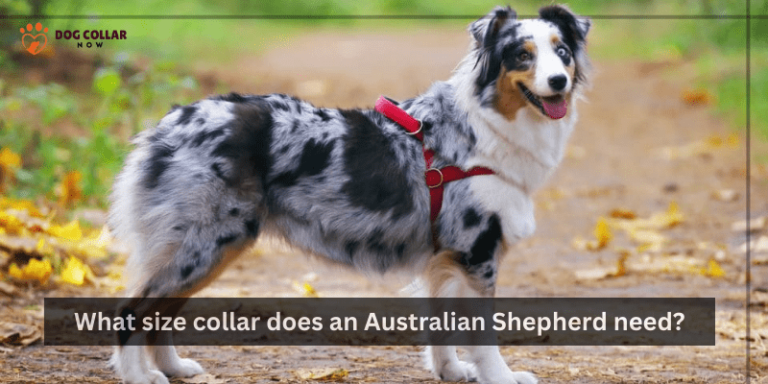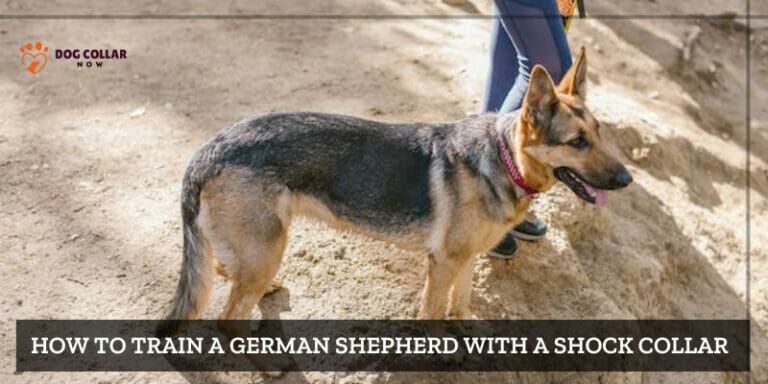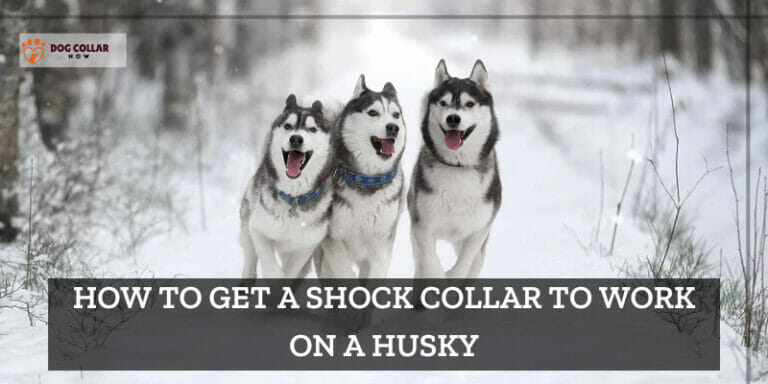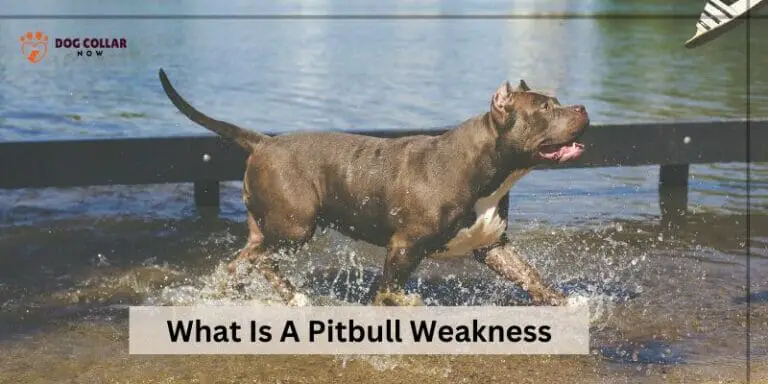How Long E Collar After Neuter Dog – Informative Guide
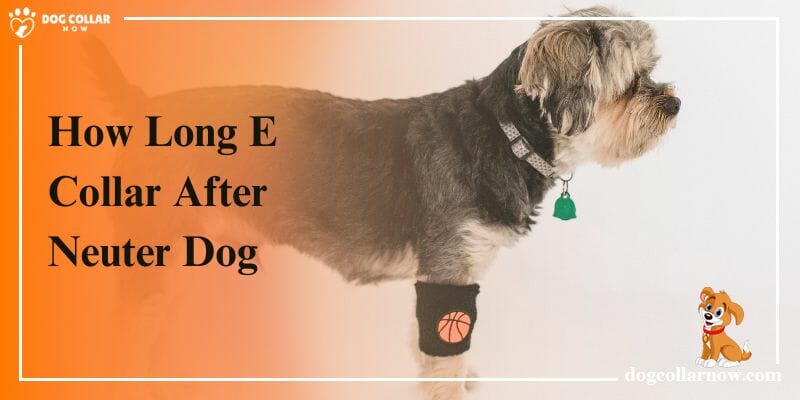
Neutering is a great decision for any pet parent – not only does it help control the population of strays and homeless animals, but it can also prevent behavioural issues in dogs. After surgery, however, you’ll need to take extra precautions with your puppy. That includes using an e-collar (also known as a cone) to keep them from licking their stitches or interfering with healing wounds.
It’s important to take into account how quickly your pup is healing and adjust their recovery period accordingly — if they are rapidly healing without any issues then you may be able to remove their collar earlier than planned. If some redness or irritation occurs near the surgical site then definitely leave the collar in place for an extra few days just as a precautionary measure!
As a dog owner myself, I know how important it is to prioritise your dog’s recovery. My dog, Max, had a difficult time after his neutering procedure, but with the help of an e-collar, he was able to recover quickly and safely.
I’ll share more information about how long e collar after neuter dog and some tips on how to keep your dog comfortable during the recovery period. So, if you’re worried about your furry friend’s well-being after neutering, don’t worry. With a little love and attention, they’ll be back to their old selves in no time!
How Long E Collar After Neuter Dog – Complete Guide
A. Duration:
The duration of e-collar use varies based on the individual dog’s healing process and behaviour. Some dogs may only need to wear the e-collar for a few days, while others may need it for up to two weeks.
B. Behaviour:
As a dog owner, I suggest monitoring your dog’s behaviour and incision site regularly to gauge when it’s safe to remove the e-collar. If your dog shows signs of discomfort or tries to lick or chew the incision site, it’s best to keep the e-collar on.
C. Comfort:
While it’s essential to ensure your dog’s comfort, it’s equally important not to remove the e-collar too soon, as this may lead to infection or other complications.
Why Is An E-Collar Necessary After Neutering?
An E-collar, also known as an Elizabethan collar or cone, is necessary after neutering because it helps prevent the dog from licking or chewing at the incision site, which can lead to infection and slow down the healing process.
After neutering, the incision site is delicate and sensitive, and the dog’s natural instinct to lick or chew at the wound can cause further harm.
The E-collar acts as a barrier, preventing the dog from reaching the incision site, and allowing it to heal properly. While some dog owners may be hesitant to use an E-collar due to concerns about their pet’s comfort, it is a necessary precaution that ensures the dog’s safety and well-being during the recovery period.
Other Factors To Consider About How Long Dogs Need To Wear Cone After Spaying?
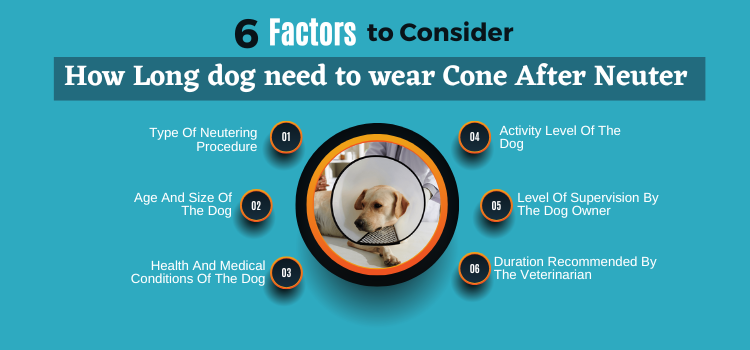
1. Type Of Neutering Procedure
The type of neutering procedure performed on the dog can affect how long the dog must wear an e-collar.
For instance, if the dog has undergone a traditional spay or neuter surgery, it may be necessary to wear a collar for a longer period of time than if the dog has undergone a less invasive procedure such as a laparoscopic or non-surgical neuter.
2. Age And Size Of The Dog
The age and size of your dog will play a big role in wearing an e-collar after their spay and neuter. For smaller dogs, it is typically recommended that they wear collars for 7-10 days. For larger dogs, the recommendation is 10 to 14 days..
3. Health And Medical Conditions Of The Dog
The health and medical conditions of the dog can also play a role in how long they should wear an e-collar after neutering. If the dog has an infection or other medical issues that affect their healing, they may wear a neckband for an extended period of time.
4. Activity Level Of The Dog
Dogs are active for different lengths of time depending on their age, breed, and overall health. Some dogs may need a couple months to recover from suture before they can return to their normal activity level while others may only need a week or two. It is best to check with your veterinarian before making any decisions about your pet’s activity level.
5. Level Of Supervision By The Dog Owner
In general, most dog owners should be able to provide the level of supervision their dog needs after suture. However, there are some important things to keep in mind.
- First, it is important to keep your dog calm and quiet for at least two weeks after surgery. This means no running, jumping, or playing.
- Second, you will need to limit your pup’s access to stairs and other areas where they could fall or jump.
- Third, you will need to provide extra supervision around other animals and children.
- Finally, you should always consult with your veterinarian before making any decisions about your pet’s care after surgery.
6. Duration Recommended By The Veterinarian
Many factors play into how long you need to wear a dog’s e-collar (also called a cone) after being neutered, including the pet’s age, activity level, and overall health.
The average is around 10 days, but some veterinarians may recommend up to two weeks. In general, it’s best to follow your veterinarian’s recommendations.
How To Put a Dog cone?
Putting a cone on a dog can be a bit tricky, but it’s important to do it correctly to ensure it’s effective.
- First, make sure the cone is the right size for your dog and fits snugly around their neck without being too tight or too loose. Hold the cone above your pet’s head and slip their nose through the opening.
- Then, gently pull the plastic cone back to the base of their neck, making sure it’s in place and not pressing against their ears or eyes. You may need to adjust the fit or fasten any straps or snaps to secure the cone in place.
- Finally, monitor your pup’s behavior to make sure they’re not overly stressed or uncomfortable with the cone on. With a little patience and practice, you can quickly learn how to put a cone on your dog and help them recover safely after surgery or injury.
How To Help Your Male Dog Relax Wearing A Cone After Neuter
Wearing a cone can be a stressful experience for dogs, but there are steps you can take to help your pet relax.
- One way to help your dog relax is to gradually introduce them to the cone. Start by placing the cone on the ground and encouraging your dog to sniff it and explore it.
- Then, place the cone on your dog’s neck for short periods of time, gradually increasing the length of time they wear it.
- You can also offer your dog treats and praise while they’re wearing the cone to help them associate the choker with positive experiences.
- It’s also important to ensure that the cone fits properly and isn’t too tight, as this can cause discomfort and anxiety for your dog. There must be a gap of two fingers between the collar.
- Lastly, provide your dog with plenty of attention and affection to help them feel comforted and reassured while they’re wearing the cone.
With patience and positive reinforcement, your dog can learn to relax and adjust to wearing a cone.
Can Dogs Escape From The Cone of shame?
It is possible for some dogs to escape from their cones if they are determined enough, but properly fitted and secured cones are generally effective in preventing dogs from accessing surgical sites, injuries, or itchy areas. If you notice your dog constantly trying to remove the cone, you may need to adjust the fit or try alternative methods, such as an inflatable or a soft, fabric cone.
What To Do If Dogs Won’t Wear E-Collars After Neuter?
If your cats and dogs can’t keep the cone after neutering and spraying, then here are 5 best alternatives to e-collars that can be used to prevent dogs from lick or chew at a surgical site:
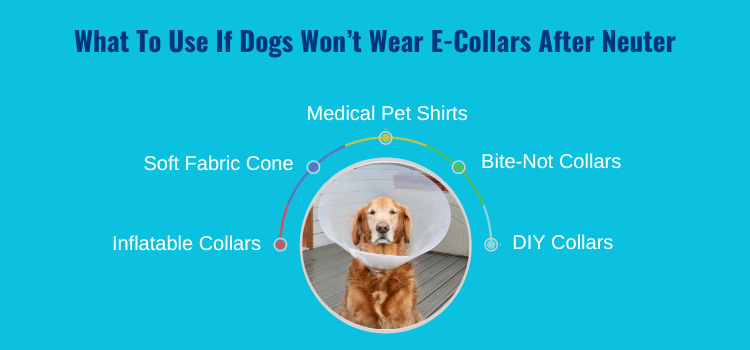
Inflatable Collars:
Inflatable collars, also known as “donut” collars, are a popular alternative. These are fit around the pet’s neck and create a cushioned barrier, preventing them from reaching the affected area.
Soft Fabric Cone Collars:
Soft fabric cone neck bands are made from a lightweight material that won’t irritate the skin. These are more comfortable for dogs to wear than traditional hard plastic e-collar.
Medical Pet Shirts:
Medical pet shirts are specialised garments that cover the surgical site and prevent the dog from licking or biting at the area. These shirts are available in a variety of sizes and styles and can be used in place of a traditional cone or e-collar.
Bite-Not Collars:
Bite-Not collars are a type that fits around the pup’s neck and prevents them from reaching the affected area. Unlike e-collars, Bite-Not chokers are made from a flexible material that allows dogs to move more freely.
DIY Collars:
DIY collars can be made from a variety of materials, such as soft fabrics or foam, to create a custom-fit collar that will keep your pet from reaching the surgical site. These collars can be a cost-effective and comfortable alternative to traditional e-collars.
Conclusion
In conclusion, while there is no set time frame for how long E collar after neuter dog should be worn, it’s important to follow your veterinarian’s specific recommendations.
The e-collar may serve as a vital tool in preventing your dog or cat from licking or biting at their surgical site, which can lead to infection or delayed healing. While your dog might find the neckband uncomfortable, it is a temporary inconvenience that will ultimately aid in their quick recovery and ensure a speedy return to their happy and healthy self recovering from surgery.
By following these simple guidelines, you can rest assured that not only will your four-legged friend heal properly and quickly, but also that their quality of life will remain unaffected by such routine procedures.
Frequently Asked Questions
What are the side effects of shock collars?
While an E-collar is often considered an effective training device, it can have negative side effects on a dog’s behavior. If used improperly, the collar can cause physical harm to the dog, leading to skin irritation or burns. Additionally, some dogs may become fearful or anxious when wearing the collar, and it can lead to a breakdown of trust between the dog and the owner.
Do shock collars affect a dog’s brain?
While E collars can give your dog a physical sensation, they can also cause unnecessary stress and harm to your dog’s well-being, which is not what a dog needs
Should dogs sleep with E-collars?
It is not recommended for dogs to sleep with E-collars, especially if the dog is off leash, as it can pose a safety hazard and potentially harm the dog.
Why Use an E-Collar for Dog Recall Training?
Using an E-collar for dog recall training can be effective because it allows you to call your dog and the collar provides a mild stimulation that the dog responds to.
What is E-collar Off-Leash Dog Training, and how does it work to train dogs to behave off-leash?
E-collar Off-Leash Dog Training involves using an electronic collar to guide the dog and make sure your dog follows commands even when off-leash. The collar emits a mild electric shock that serves as a corrective measure to reinforce good behavior and discourage bad behavior.
How to Teach Your Dog a Reliable Off-Leash Recall With a Remote Collar?
To teach your dog a reliable off-leash recall with a remote collar, start by using the e-collar gradually, associate it with positive experiences, use a long leash for safety, and gradually increase the distance and distractions while practicing recall commands with the collar.
What are some general dog recall training tips?
Some general dog recalls training tips include using positive reinforcement, practicing in low-distraction environments, using a consistent recall command, rewarding promptly, avoiding punishment, and making it fun for your dog.

